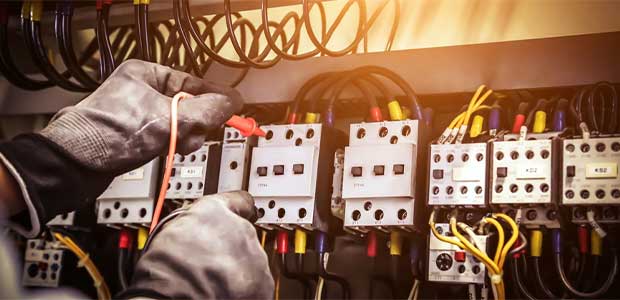
Why Considering Yourself a “Qualified Person” Might Not Keep You Safe
Not all definitions for “qualified” are the same.
- By Steve Crocker
- Sep 01, 2022
According to the Center for Construction Research and Training, contact with live electrical parts kills 143 construction workers annually making it the number two killer on construction sites behind falls. The risk of electrocution on the job site is so significant that it warrants a spot on OSHA’s Fatal Four initiative which warns of the leading causes of workplace deaths in the construction industry. Given all the advancements in electrical safety technology, why do we continue to see such a high number of deaths from electricity?
Perhaps it’s time to take a closer look at the language the industry uses regarding the roles and responsibilities for electrical safety and training. How many times have you heard the word “qualified person” and wondered if that was enough to keep you, your co-workers or your job site safe?
As any veteran electrician can attest, the term “qualified” is thrown around quite a bit to describe how certain employees are trained and ready to address electrical scenarios on the job. And yet, not all qualified definitions are created equal, which may mean workers are getting too close to live electrical components under the guise that they are “qualified” to proceed.
For example, the word “qualified” is articulated differently in NFPA 70E (a standard for electrical safety in the workplace) compared to how it is used in other OSHA standards. According to NFPA 70E, a “qualified person is one who has demonstrated skills and knowledge related to the construction and operation of electrical equipment and installations and has received safety training to identify the hazards and reduce the associated risk.” Unlike the OSHA definition of “qualified,” the NFPA 70E definition explicitly calls for the individual to have received safety training specific to the electrical hazards they may face.
In addition to requiring safety training for all qualified persons, NFPA 70E also states that only “qualified persons” can cross the Restricted Approach Boundary into the area where the risk for electrical shock or electrocution is highest. The employee would be expected to have a level of training and PPE commensurate with the hazard to help them work safely. This becomes problematic as those who are named “qualified” under OSHA’s broad definition may not be so under NFPA 70E and yet assume they are or perhaps feel their “qualified” status forces them to proceed with the job regardless.
This article originally appeared in the September 1, 2022 issue of Occupational Health & Safety.